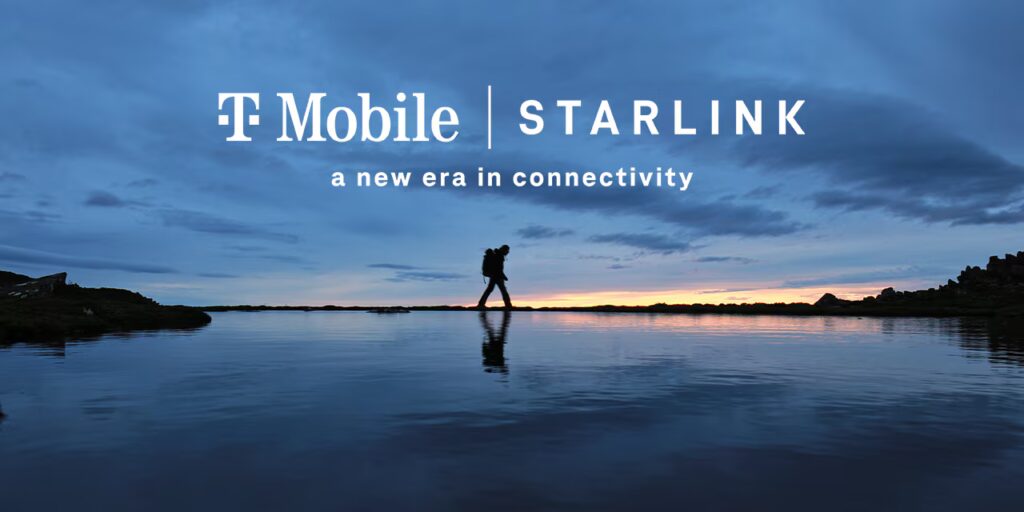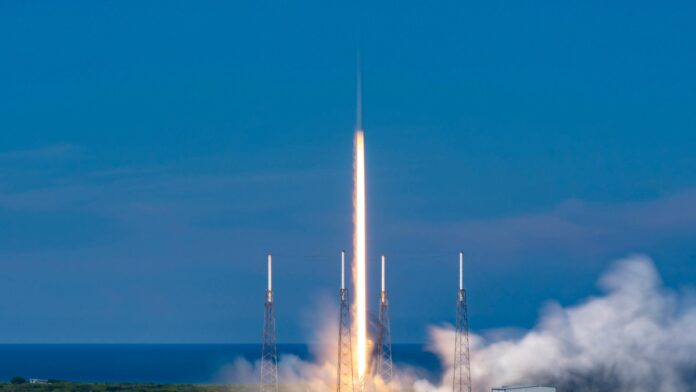Starlink speeds rebound and then some, after a dip in 2022
Fewer than 20% of Starlink satellite broadband users can consistently get speeds that meet the federal definition of broadband, mostly due to slow uplink speeds, according to new Speedtest data analysis from Ookla.
The Federal Communications Commission’s minimum speed requirements for a broadband service are 100 Mbps in the downlink and 20 Mbps in the uplink. Speedtest data from Starlink users shows that the service’s median upload and download speeds have both been increasing over the last several years. As of the most recent quarter, Starlink Speedtest users saw a median download speed of 104.71 Mbps and a median upload speed of 14.84 Mbps.
That median speed in the downlink surpasses the FCC minimum—but the limited uplink speeds mean that only 17.4% of Starlink users who tested their connections with Speedtest actually met both FCC downlink and uplink minimums.
Starlink started offering commercial service in 2021, and Ookla’s test data from Q1 2022 shows median downlink speeds of nearly 96 Mbps and upload speeds of nearly 10 Mbps. The service’s performance took a precipitous dip during most of 2022, however, likely due to bringing on more customers and higher usage. But since then, speeds have been rebounding—and then some.
Starlink’s latency is also significantly better than other satellite services because its satellites orbit closer to earth, but it’s still a ways off from meeting its stated goal of delivering broadband service with 20 milliseconds of latency. Speedtest users’ documented lowest median latency rates ranged from 38 ms-39 ms in the District of Columbia, Arizona, New Jersey and Colorado and above 100 ms in Alaska and Hawaii, according to Ookla.
With the revamped $42.5 billion federal Broadband Equity, Access and Deployment (BEAD) program recently loosening rules to open the field more broadly to Fixed Wireless Access and satellite-based technologies, Starlink’s performance trends are sure to be scrutinized more closely than usual. While BEAD had originally been passed by Congress with a heavy preference for fiber deployments, the new administration has instituted a “technology neutral approach” and is demanding that states hold another round of bidding where all technology types can be considered, including Fixed Wireless Access and satellite broadband.
Last week alone, Starlink parent company SpaceX launched more than 70 Starlink satellites, including 26 with direct-to-cellular capabilities.
Starlink D2D usage turns up in near national parks
On a related note, a recent study conducted by the Universidad Politécnica de Madrid, Spain (UPM) and WePlan Analytics used crowdsourced data to look at Starlink-provided direct-to-device usage. Starlink has a partnership with T-Mobile US to provide this service, which has been in beta testing and was selectively operated prior to that with FCC permission, as part of hurricane response in late 2024 and wildfire response in California in early 2025.

The research is based on mobile network measurements passively collected from Android phones between October 2024 and April 2025. It found direct-to-cell was “most actively used in accessible but underserved areas, especially near national parks” and in large counties with low population density. However, the researchers also recorded some measurements of D2D use in places that were “officially covered by terrestrial networks, which points to poor or unreliable performance [of] terrestrial networks”—where D2D use would fill in coverage gaps.
The study also concluded that D2D provided lower signal strength than terrestrial networks but higher signal quality that reflected both the “long-distance, low-interference nature of satellite links and the unloaded state of the network.” The average throughput per beam of the D2D service was estimated at around 4 Mbps.
“Our study demonstrates that DS2D is not merely a theoretical concept—it is already being deployed and used in the real world,” the researchers said in a post on LinkedIn.

